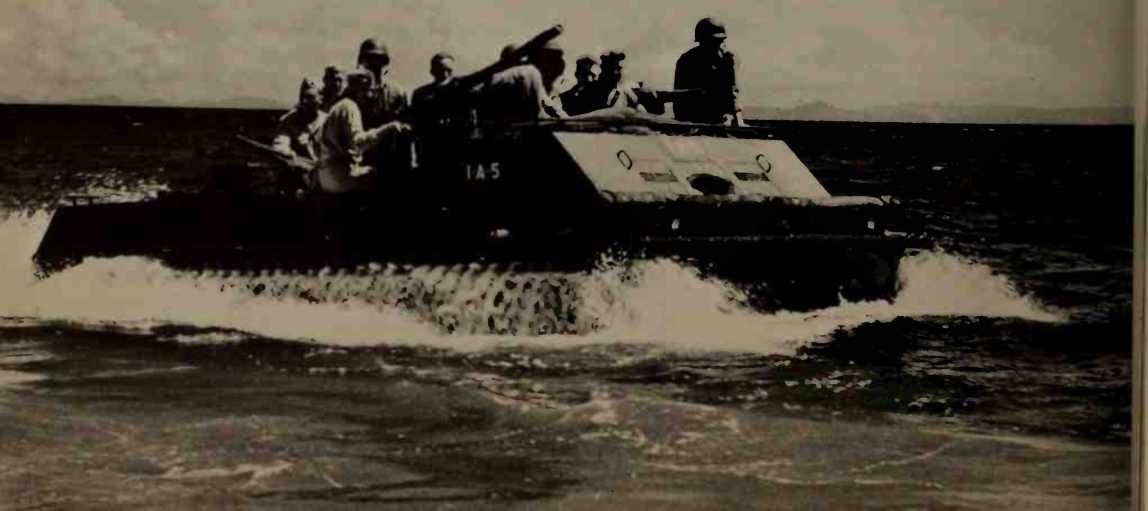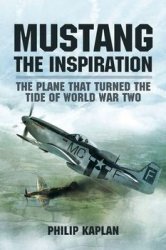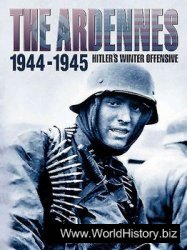The policies of the United States with respect to the Pacific islands have not always been distinguished by foresight. After the Battle of Manila Bay, when the U. S. government was trying to decide what, if anything, to do with the Philippines, Commodore Dewey was annoyed at the presence of a German squadron standing by, ready to take over if the Americans did not. After the United States had annexed the Philippines, the Spaniards still owned a thousand small Pacific islands and atolls—the Carolines, the Marshalls, and the Marianas. Of these, the United States chose to annex only one, the island of Guam, largest and southernmost of the Marianas. Spain, anxious to divest herself of the cares of empire, sold the rest to Germany at bargain rates. This sale put hundreds of potential bases between the United States and the Philippines into the hands of an expansionist and aggressive power. Yet few Americans, least of all Alfred Thayer Mahan, gave much thought to the possible threat.
In 1914, after World War I had broken out in Etirope,
Britain invoked her 1902 alliance with Japan, requesting the Japanese to rid the Pacific of German cruisers. As it turned out, the British themselves destroyed the enemy cruisers when the Germans entered the Atlantic, but Japan seized the opportunity to occupy key positions in Germany’s Pacific Ocean islands. To all protests the Japanese blandly replied that this was only a temporary wartime measure to prevent the bases from being used by German ships. At the end of the war, however, they made a deal with the British whereby, imder League of Nations mandate, Britain would control the former German islands south of the equator and Japan would retain control of those north of the equator. When Japan left the League in 1933, she held on to her share of the islands as national property and proceeded to fortify them, probably before the expiration of the Five-Power Treaty.
The United States, whose relations with Japan had been moving from crisis to crisis since 1905, recognized the danger, but not vividly enough. American protests kept the Japanese from annexing the islands outright at the end of World War I, but protest was as far as the government was prepared to go. Hence U. S. Navy strategists grimly took up the problem of what to do in event of war between the United States and Japan.
It was assumed that the Japanese, with their geographic advantages, would capture the Philippines and Guam. The U. S. Navy would then have to fight its way to the rescue across the Pacific, operating for long periods far from permanent bases and seizing enemy bases for conversion to its own use. This sort of warfare raised three problems: (1) how to free the fleet from dependence on established bases, (2) how to isolate and attack enemy bases protected by land-based air units, and (3) how to invade and occupy heavily defended enemy bases.
The U. S. Marine Corps took as its special problem number 3, which it interpreted as assault from the sea into the teeth of enemy defenses. At the end of World War I, the marines had been in need of a specialty with which to identify themselves. The nature of naval warfare and the conduct of the sailor had so changed as to cost the Marine Corps most of its traditional roles, those of boarding enemy ships at sea, sharpshooting from the tops, and assisting naval officers in the discipline of unruly seamen. Although marines were also traditional protectors of bases, in World War I, as we have seen, they had fought like soldiers and had thus, to some degree, lost their identity and hence their claim to a separate existence.
In the early 1920s, Navy and Marine Corps units tested amphibious techniques in exercises conducted in the Panama Canal Zone and at the tiny island of Culebra east of Puerto Rico. Trial of British amphibious doctrine in the Hawaiian Islands in 1925 convinced both the Navy and the Marine Corps that dividing the command between the general and the admiral, a time-honored European technique, would not prove satisfactory in carrying out the U. S. Pacific Ocean war plan.
Beginning in early 1927, the energies of the Marine
Corps were for several years largely employed in quelling disorders in Nicaragua. Out of this experience, however, came two important concepts applicable to amphibious assault: close cooperation of air units with ground elements of the same force, a tactic which was to become a Marine Corps specialty; and the efficacy of small, closely knit, semi-independent patrols, the originals of the battalion landing teams of World War II.
In the early 1930s, the Marine Corps schools at Quantico operated in close coordination with Marine Corps headquarters and the Naval War College to devise a suitable organization and specific techniques for amphibious assault. An action that was thoroughly investigated was the ill-fated Gallipoli Expedition of 1915, a near-perfect example of how not to conduct landing operations. The organizational studies led to the establishment, in December 1933, of the Fleet Marine Force, which was to operate as an integral part of the U. S. fleet. A year later, both organization and techniques were incorporated into the first American textbook of amphibious doctrine, the Landing Operations Manual.
From 1935 to 1941, annual training exercises tested the procedures set forth in the Landing Operations Manual and provided the basis for revisions and refinements. In 1938 the Navy adopted the book as Fleet Training Publication 167, and subsequently the Army adopted a slightly modified version as a field manual. Wartime experience brought about only two major
An “alligator,” forerunner of the amtrac, or LVT.

Changes in the basic book. In the Landing Operations Manual and FTP 167, amphibious assault was regarded as part of a naval campaign with all forces continuously under command of the admiral. During wartime, once the landing force was established ashore, the landing force commander, usually a general, ceased to be under the admiral’s command and reported directly to theater headquarters. Again, writers of the original manual believed that the danger of enemy air and submarine attack was such that ships would have to deliver support fire for landings at extreme range, while maneuvering radically at high speed. In fact, deliberate, aimed fire from ships close to shore proved not only practicable but vitally essential to keep landing-force casualties within bounds.
Meanwhile, suitable landing craft were being developed. The two main prototypes were the Higgins boat, a shallow-draft vessel designed and made b, y shipbuilder Andrew Higgins for use by trappers and oil drillers, and the “alligator,” a swamp vehicle. The former evolved into the LCVP (Landing Craft, Vehicle and Personnel), the American landing craft most widely used during World War II. The latter developed into the LVT (Landing Vehicle, Tracked), or amtrac, which proved indispensable in that war for crawling across coral reefs. Such equipment, combined with special attack transports and support weapons and the procedures laboriously worked out between world wars, produced well-nigh irresistible assaults from the sea. Major General J. F. C. Fuller shortly after World War II called these assault techniques “the most far-reaching tactical innovation of the war.”




 World History
World History









